Batting Helmet History
Batters in baseball and softball wear batting helmets to protect the batter’s head from any errant pitches that the pitcher might throw.
A batter can be seriously injured if hit with a pitch while not wearing a protective batting helmet.
In this article, we’ll take a look into batting helmet history, from the earliest designs to the mandate of using protective headgear to the most modern technological improvements and developments.
Page Content
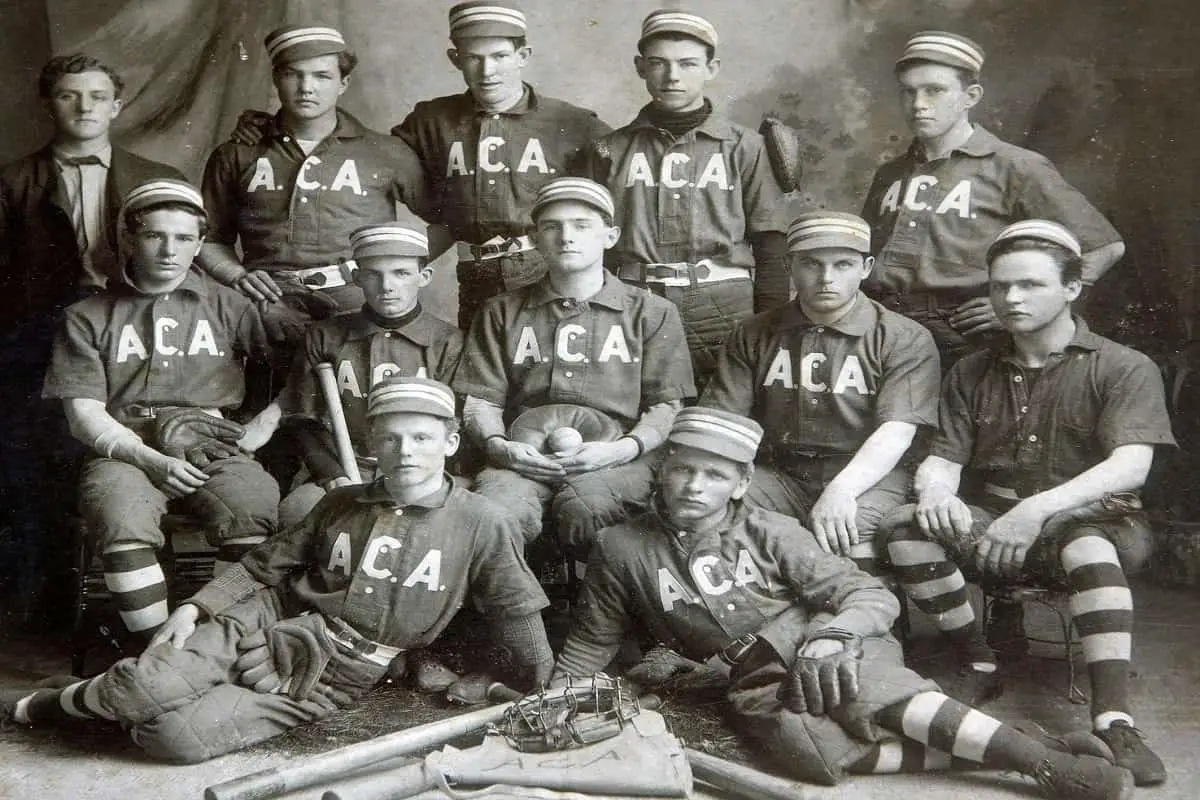
Disclosure: As an Amazon Associate, we earn from qualifying purchases. Disclosure Statement.
Batting Helmet History
When Were Batting Helmets Invented?
Frank Mogridge, an inventor, is credited with creating the first patent for a “head protector” or helmet in 1905, which looked more like an inflatable boxing glove than the helmets we think of today.
As batters began to suffer from head injuries, such as Roger Bresnahan, who was knocked unconscious by a pitch to the head in 1907, more baseball players began testing new designs for helmets.
Despite the injuries, wearing helmets was still rare in baseball, primarily in the major leagues. Helmets were relatively unpopular among players, and it wasn’t until managers started to support the use of helmets that discussions about mandates started.
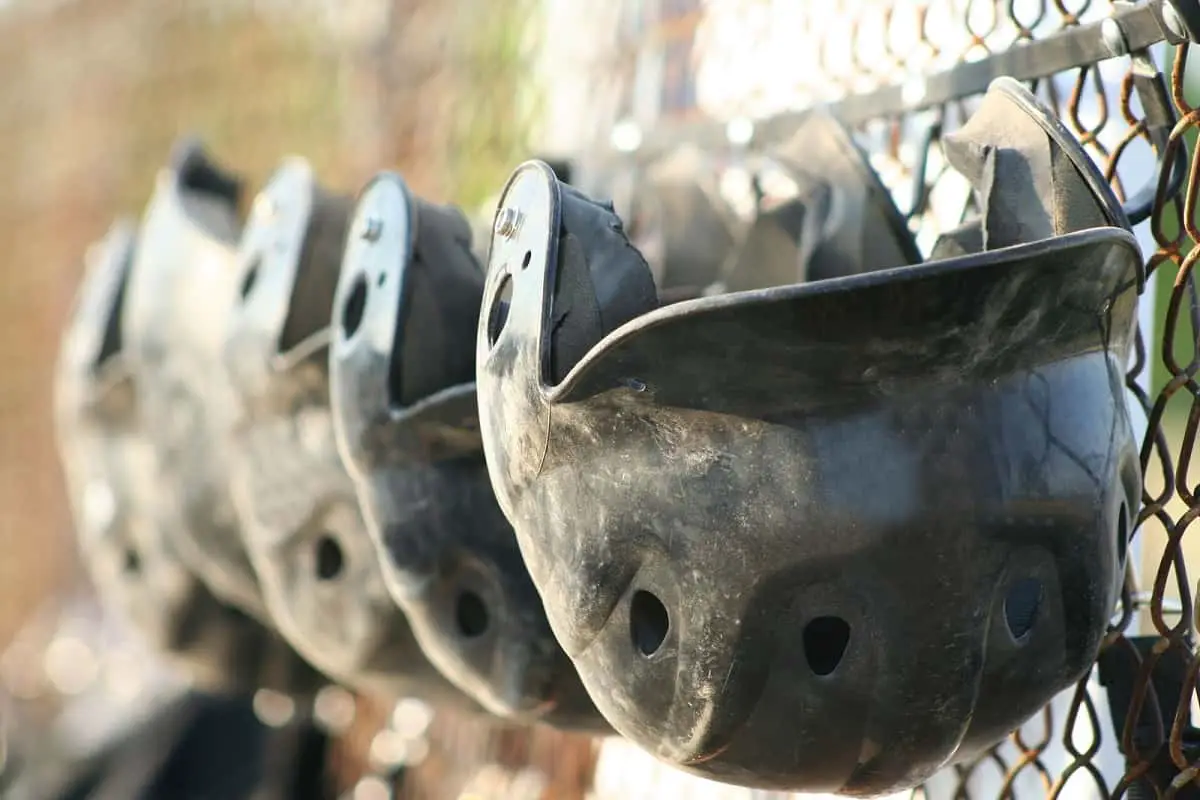
When Were Helmets Required In Baseball?
On May 25th, 1937, Mickey Cochranes suffered a nearly fatal skull fracture while at the plate, and his career came to an early end. Cochranes stated that players should wear helmets while batting, which became a turning point in the debate over helmet mandates.
The Cleveland Indians and Philadelphia Athletics became the first teams to have all players wearing helmets a week later. However, it was only during batting practice and not during the actual game, and the Des Moines Demons would be the first to wear helmets during a baseball game.
By 1941, the National League would adopt a helmet specifically for baseball players, which George Bennet, a brain surgeon, designed. Over the next ten years, different teams would slowly mandate that their players wear helmets while playing.
When Did Batting Helmets Become Mandatory In MLB?
It wasn’t until December 1970, however, that Major League Baseball enforced strict mandates for batters to wear helmets.
With so many teams and the MLB finally adopting batting helmets into their safety mandates, the batting helmet history evolved rapidly to accommodate the needs of players. The first helmets were like construction helmets, except they incorporated a cap over the eyes.
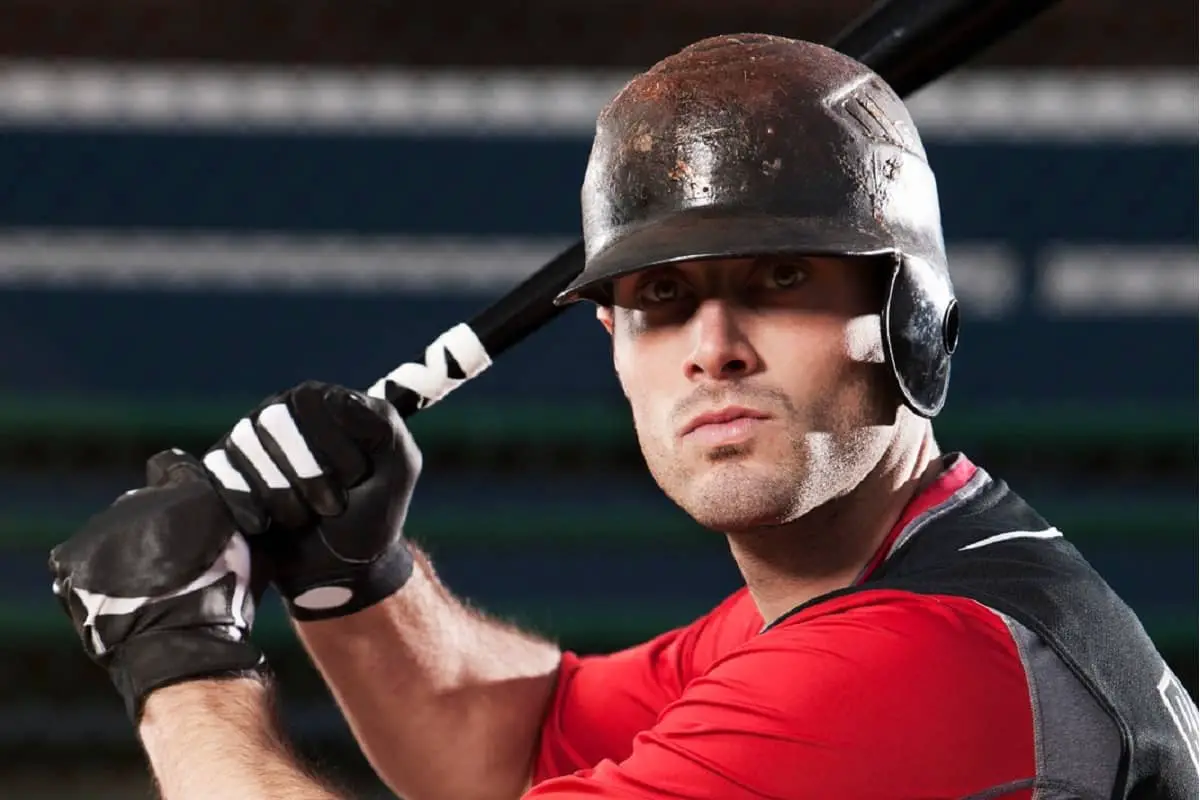
After Earl Battey suffered a bone fracture in his face from a pitch in 1961, he returned to the field with a helmet with earflaps to protect his injury. He only kept the earflaps for one game because he complained about having trouble seeing, but it sparked the idea of including earflaps on future helmet designs.
In 1979, Gary Roenicke would need 25 stitches after being hit in the face with a pitch and would wear a helmet that included a facemask like those worn by football players. He would wear the facemask for several years afterward.
By 1983, there was a mandate that baseball players must wear a helmet with at least one earflap while batting. However, it took some time to phase out helmets without earflaps completely. Tim Raines was the last player to wear an earflap-less helmet up to 2002, and his helmet is currently in the Baseball Hall of Fame.
Modern Batting Helmets
2005 marked the first time that Major League Baseball tested a new batting helmet design in three decades. This unique design included a molded crown, side and back vents, and larger ear holes. Most players switched to this new helmet design, and they still wear them today.
This content was originally published on headsdontbounce.com. If it appears on another website, it is a violation of the copyright owned by headsdontbounce.com.
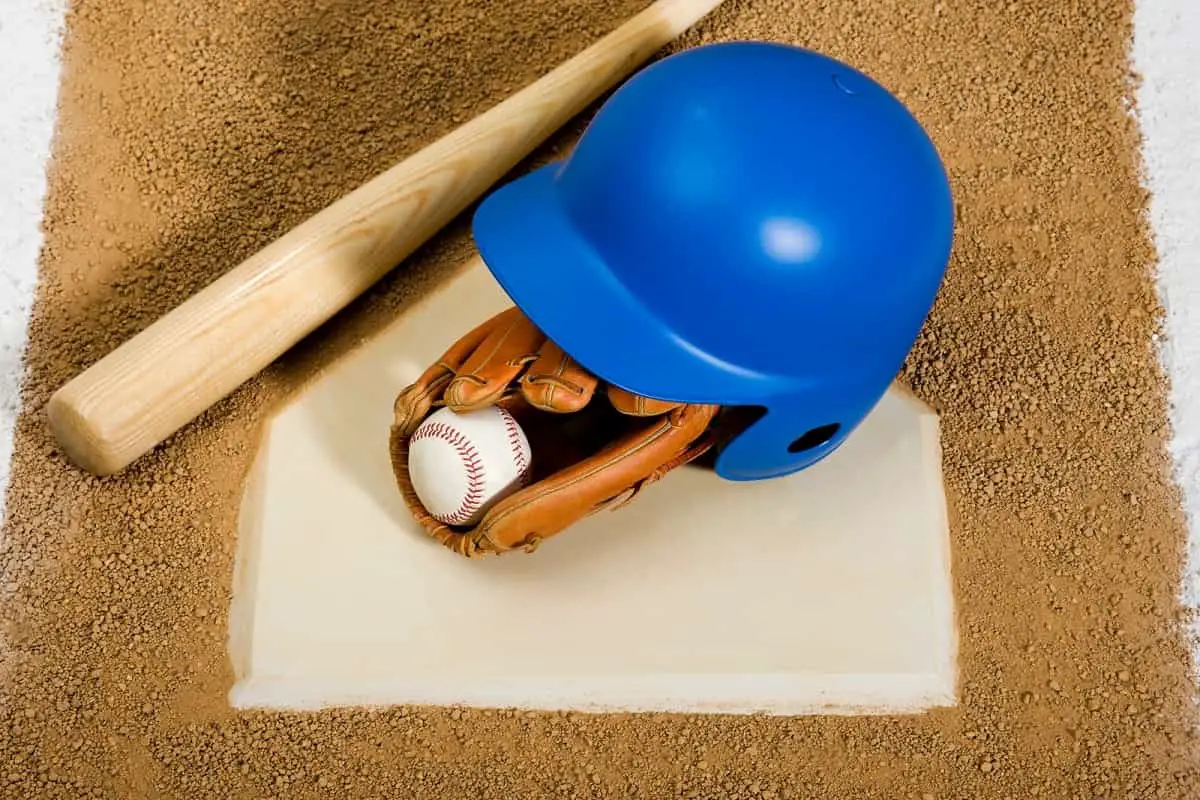
There are still players who wear helmets without earflaps but not while batting, such as players in defensive positions on the field. Some positions have a higher risk of head injuries, so they prefer to wear some form of head protection while playing. Receiving pitchers also wear helmets without earflaps with the addition of a facemask.
Other people besides the players on the field may also need to wear a helmet, such as bat and ball-boys or girls while performing their duties. It became mandatory for coaches to wear helmets after first-base coach Mike Coolbaugh died after being hit with a batted ball in 2007, but some still debate the need to wear one.
New helmet designs made their way onto the field in 2009 to try and lower the number of concussions players suffered. Rawlings released the S100 baseball helmet, which could withstand a 100 miles per hour baseball impact from 2 feet away. In 2018, the C-flap started to appear more like a facemask to cover half of the jaw.
There is still some variation in batting helmets and player’s preferences. The Major League doesn’t require a double earflap helmet, but some players choose to wear them, as well as the occasional player preferring a helmet with a facemask which can be wire or clear and cover half or all of the lower face.
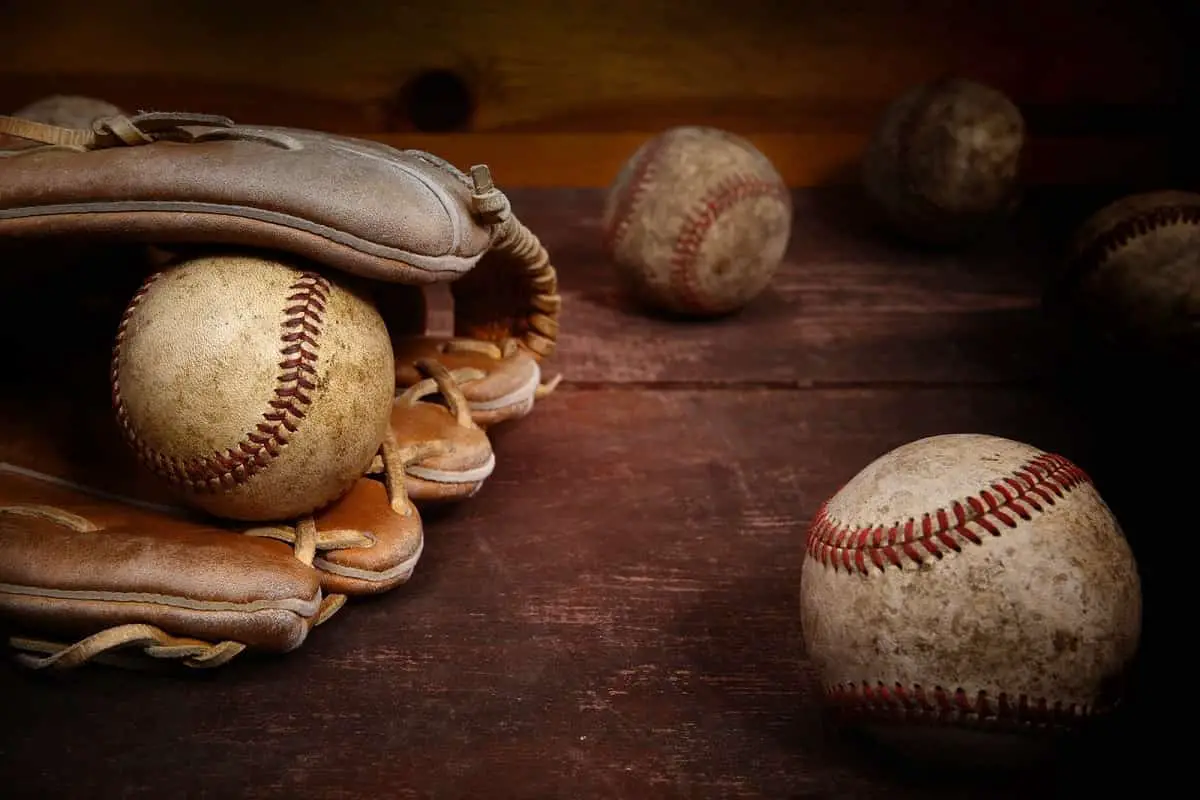
Summing Up
We hope you’ve enjoyed reading about the fascinating history and evolution of the humble batting helmet. I have a feeling that the future will contribute even further to this interesting story.
If you enjoy sports’ history and memorabilia, then you might like to spend some very interesting hours exploring the following museums dedicated to sports history, to mention just a few:
- National Museum of American History
- Chicago Sports Museum
- Sports Memorabilia Museum
- Tracy Martin’s Vintage Baseball Museum in Ohio
Related Reads:
